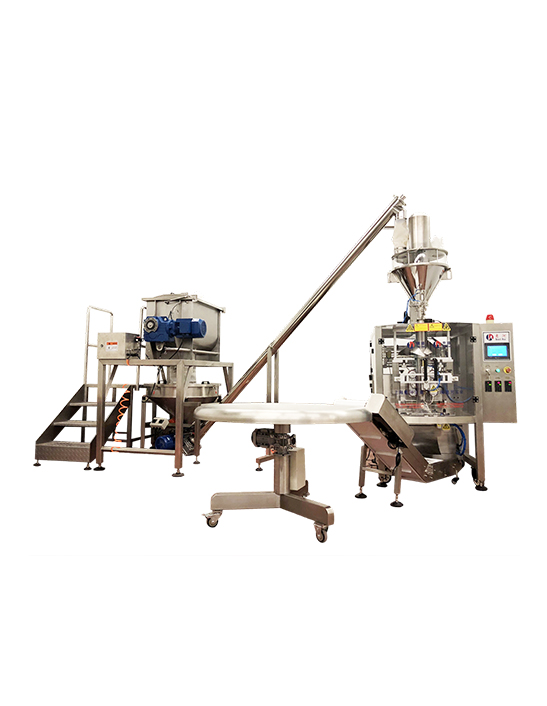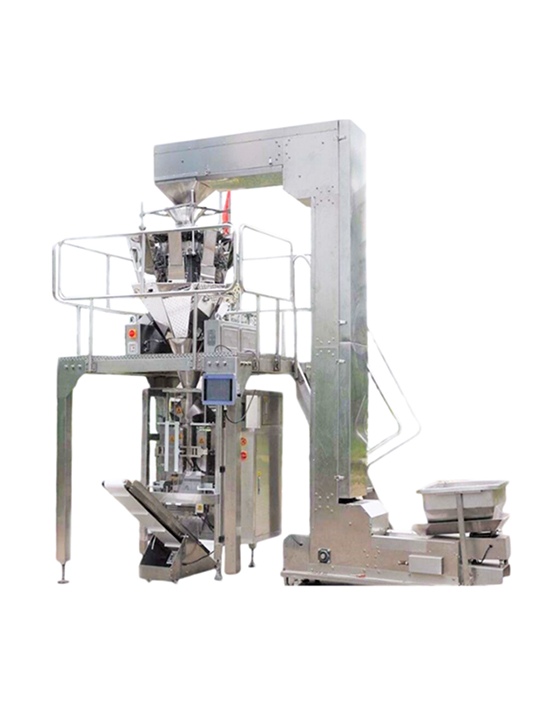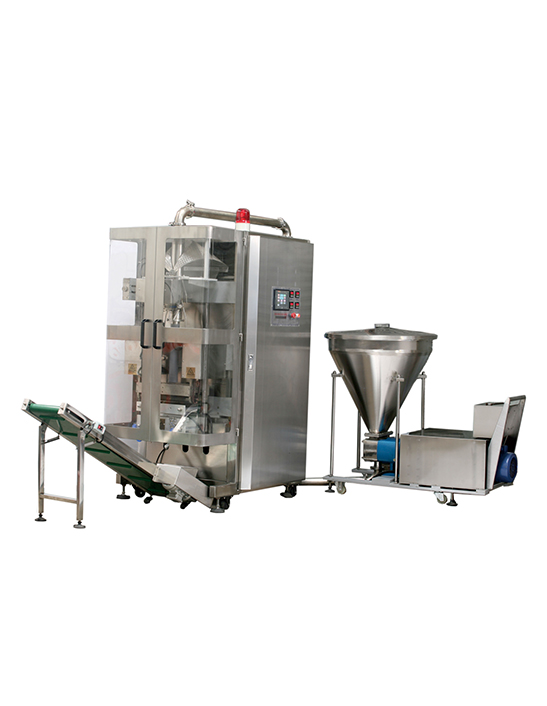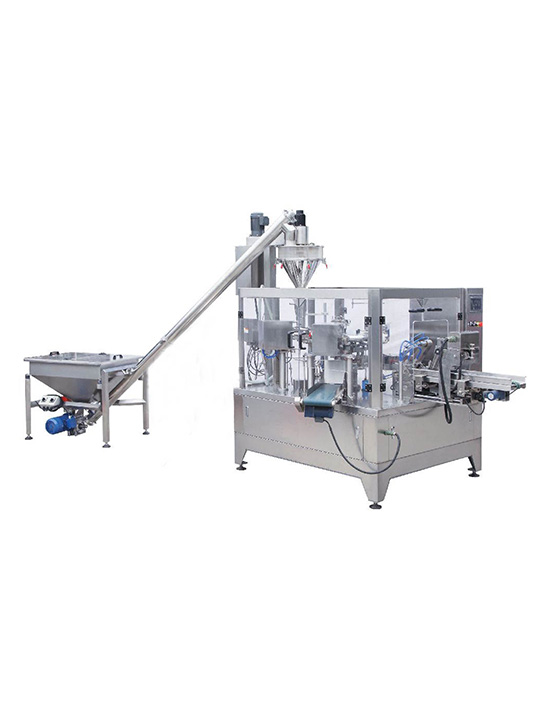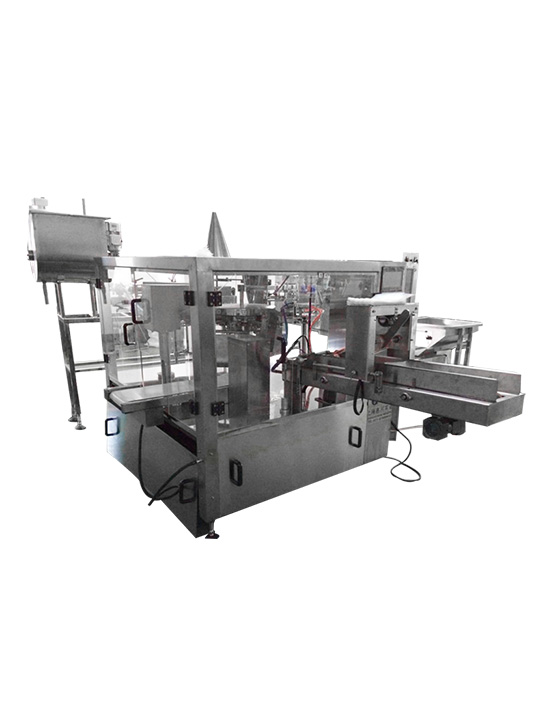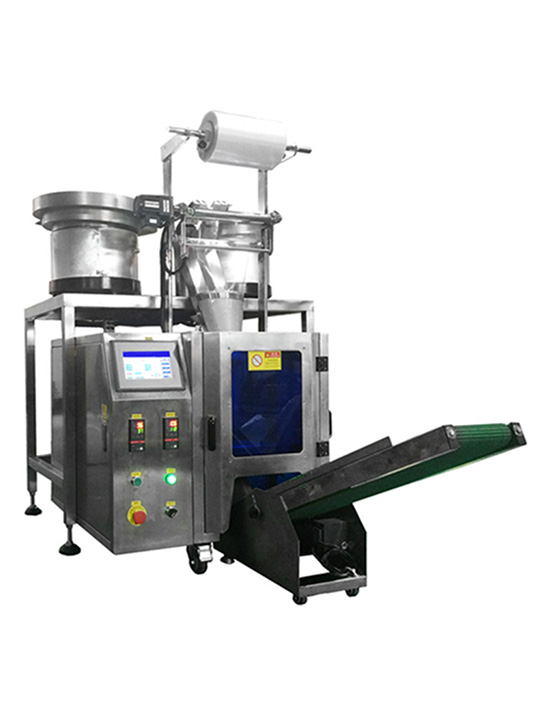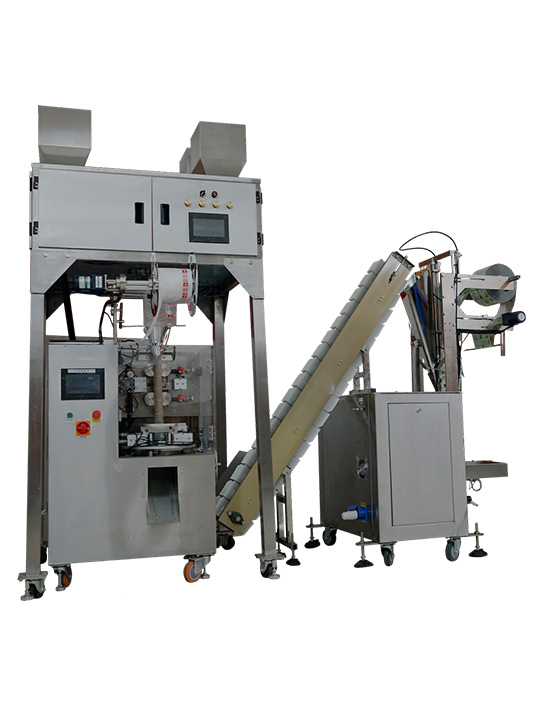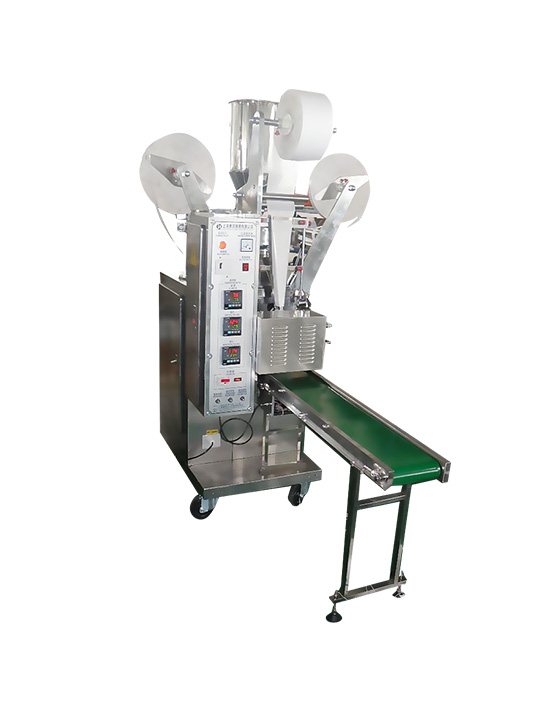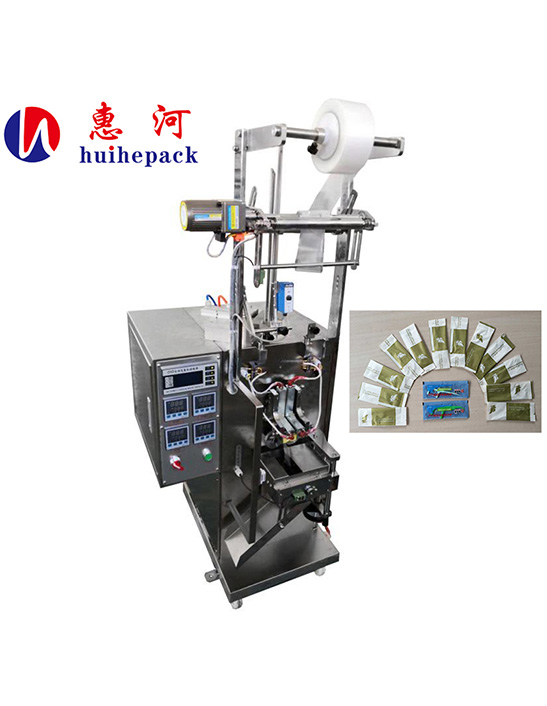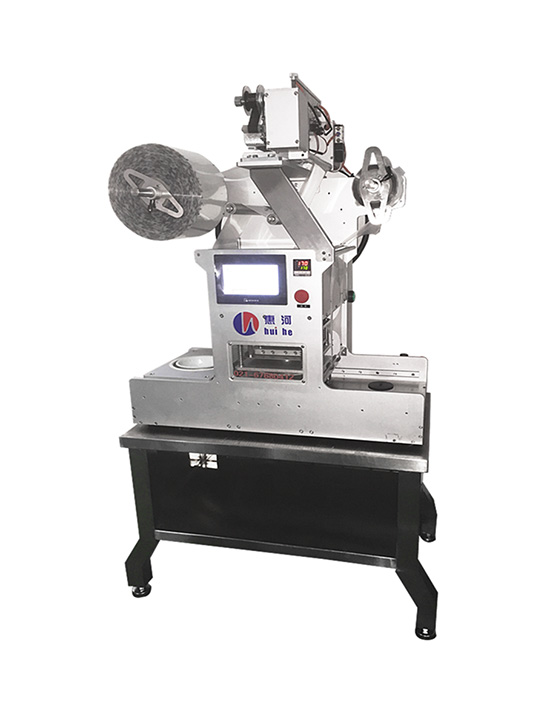In modern manufacturing and processing industries, efficient and accurate packaging is a critical component of operational success. Among various product types, powders present unique challenges due to their flow properties, sensitivity to moisture, and need for precise measurements. Traditionally, manual packaging was the standard method, but with the evolution of technology, automated powder packing machines have emerged as the preferred solution for many industries.
This article explores how automation in powder packing machines compares to manual packaging methods, examining efficiency, accuracy, hygiene, cost, scalability, and safety, while providing insights into why industries are increasingly shifting toward automated systems.
1. Understanding Powder Packing
Powder packing refers to the process of filling powders—such as spices, flour, chemicals, pharmaceutical powders, and powdered milk—into individual containers, bags, or pouches. Proper packing is essential to:
- Maintain product quality and prevent contamination.
- Ensure precise weight or volume per package.
- Enhance product shelf life and storage efficiency.
- Facilitate transportation and retail distribution.
Manual methods rely on human operators to measure, fill, and seal packaging, whereas automated machines streamline this process through advanced mechanical and electronic systems.
2. Efficiency and Speed
Manual Packaging
Manual powder packing is labor-intensive and time-consuming. Workers measure powders with scoops or scales, fill bags, and seal them by hand or with small sealing machines. Typical characteristics include:
- Speed Limitations: Human operators can only handle a limited number of packages per hour.
- Consistency Issues: Variability in human performance may lead to uneven filling.
- Fatigue Factor: Operator fatigue can slow down operations and increase errors over time.
Automated Powder Packing Machines
Automation dramatically increases efficiency:
- High-Speed Operation: Modern machines can pack hundreds to thousands of packages per hour depending on the model and product type.
- Continuous Operation: Machines can work continuously with minimal downtime, only requiring periodic maintenance.
- Batch Processing: Systems can handle large volumes of powder simultaneously, maintaining consistent workflow.
Comparison: Automated systems outperform manual methods in terms of speed, consistency, and overall throughput, especially in large-scale production environments.
3. Accuracy and Consistency
Manual Packaging
Accuracy depends on the operator’s skill and attention to detail:
- Human Error: Mistakes in weighing or filling can lead to underfilled or overfilled packages.
- Inconsistency: Different operators may produce varying results.
- Product Loss: Spillage or inaccurate measurements can lead to material wastage.
Automated Powder Packing Machines
Automated machines use precise measurement technologies such as load cells, volumetric fillers, auger systems, or vibratory feeders:
- Precise Weight Control: Each package receives the exact amount of powder, reducing waste.
- Consistent Quality: Automation ensures uniformity across every package.
- Reduced Rejection Rates: Accurate filling minimizes returns or complaints from customers.
Comparison: Automation provides unmatched accuracy and consistency, which is particularly important in pharmaceuticals, food, and chemical industries where precision is crucial.
4. Hygiene and Safety
Manual Packaging
Manual handling exposes powders to potential contamination:
- Human Contact: Operators may accidentally contaminate powders with hands, clothing, or tools.
- Environmental Exposure: Dust and airborne particles can compromise hygiene standards.
- Safety Hazards: Fine powders may pose inhalation risks or create combustible dust in confined spaces.
Automated Powder Packing Machines
Automation reduces human contact and enhances safety:
- Enclosed Systems: Many machines operate in sealed or semi-sealed environments, preventing contamination.
- Dust Control: Integrated dust collection and vacuum systems minimize airborne particles.
- Operator Safety: Reduces the risk of exposure to hazardous powders, chemical irritants, or allergens.
Comparison: Automated machines significantly improve hygiene standards and operator safety, which is critical for compliance in food, pharmaceutical, and chemical industries.

5. Cost Considerations
Manual Packaging
Initially, manual packaging may seem less expensive because it requires minimal investment in machinery. However, long-term costs include:
- Labor Costs: Continuous employment of skilled operators adds up over time.
- Material Waste: Inconsistent filling can lead to financial losses.
- Operational Limitations: Slower processing reduces potential revenue in high-demand scenarios.
Automated Powder Packing Machines
Automated machines require higher initial investment but offer cost savings over time:
- Reduced Labor Expenses: Fewer operators are needed to run the machines.
- Lower Material Waste: Precision filling minimizes product loss.
- Scalability: Machines handle large volumes without additional labor costs.
- ROI: Investment in automation pays off faster in medium to large-scale operations.
Comparison: While automation requires upfront capital, the long-term benefits in efficiency, accuracy, and reduced labor costs often justify the investment.
6. Flexibility and Adaptability
Manual Packaging
Manual methods offer flexibility in handling different powder types, weights, and package sizes. Operators can quickly adjust measurements or change packaging formats.
Automated Powder Packing Machines
Modern automated machines are designed to accommodate various products and packaging types:
- Adjustable Settings: Fill volume, bag size, sealing method, and speed can be configured.
- Multi-Function Machines: Some machines handle both granules and fine powders with minimal modification.
- Changeover Time: Switching between products is faster than redesigning manual processes.
Comparison: Automation provides sufficient flexibility while maintaining speed and precision, though manual methods may still be preferred in very small-scale, low-volume operations.
7. Scalability and Industrial Impact
Manual Packaging
Manual methods are limited in scalability: increasing production requires more labor, which may be impractical or costly.
Automated Powder Packing Machines
Automation excels in scalability:
- High Volume Production: Machines can meet industrial demand without proportional increases in labor.
- Integration with Other Systems: Machines can be part of fully automated production lines, including filling, labeling, and palletizing.
- Global Competitiveness: Companies adopting automation are better equipped to meet high-volume contracts and maintain consistent quality.
Comparison: For medium to large-scale industrial applications, automation is essential to achieve competitive production rates and maintain quality.
8. Maintenance and Downtime
Manual Packaging
Maintenance is minimal since operations are mostly manual. However, downtime can occur due to human fatigue or inconsistent work pace.
Automated Powder Packing Machines
Automated systems require regular maintenance to ensure optimal performance:
- Scheduled Servicing: Bearings, motors, sensors, and conveyors need periodic inspection.
- Spare Parts: Availability of parts is critical to minimize downtime.
- Operator Training: Staff must be trained to troubleshoot minor issues and perform routine maintenance.
Comparison: Maintenance requirements are higher for automated machines but are offset by significant gains in productivity, accuracy, and safety.
9. Environmental Considerations
Automation can reduce environmental impact by minimizing waste and energy consumption:
- Material Efficiency: Accurate filling reduces excess powder waste.
- Reduced Packaging Waste: Consistent packaging size optimizes material use.
- Energy Efficiency: Modern machines are designed to operate with lower energy consumption per package compared to manual processes over time.
Manual methods may generate more waste due to human error and inconsistent operation, leading to greater material and energy usage in the long run.
10. Conclusion
In comparing automation in powder packing machines to manual packaging methods, it is clear that automation provides significant advantages in multiple areas:
- Efficiency: Higher throughput and faster operation.
- Accuracy: Precise and consistent filling reduces waste and errors.
- Hygiene and Safety: Minimized human contact and improved dust control.
- Cost-Effectiveness: Long-term labor and material savings outweigh initial investment.
- Scalability: Capable of meeting industrial-scale demands.
- Environmental Impact: Reduced waste and optimized resource usage.
While manual packaging remains suitable for small-scale or specialized applications, automated powder packing machines are increasingly essential for industries seeking to improve productivity, maintain quality standards, and remain competitive in the global market.
As technology advances, these machines continue to evolve, offering even greater flexibility, precision, and integration capabilities, making automation the preferred choice for modern powder packaging operations.

 英语
英语 西班牙语
西班牙语 简体中文
简体中文
